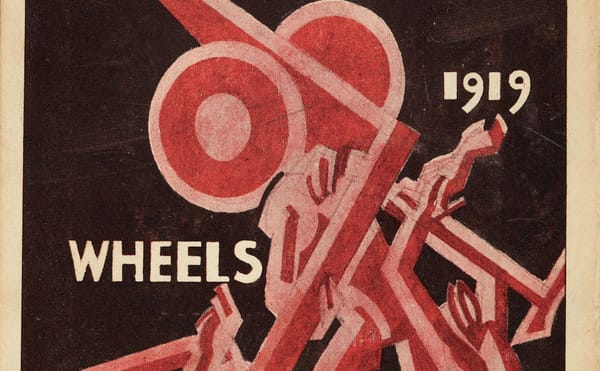
Art
Looking Back on the Art and Media of 1919, the Year World War I Ended
The Huntington Library is exhibiting 250 of its objects that were made, edited, or acquired in 1919.

Art
The Huntington Library is exhibiting 250 of its objects that were made, edited, or acquired in 1919.

Art
Henri Farré left behind his comfortable life as a portraitist to join the French military, and depict firsthand the birth of combat aviation in WWI.

Art
Ephemera provides an important history lesson, especially for a war that is disappearing from America’s collective memory, but the most affective works in World War I and the Visual Arts are those that convey the pathos of the war experience.
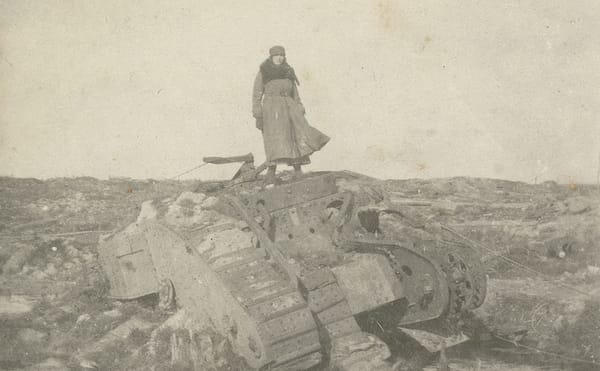
Art
No Man's Land: Women's Photography and the First World War at Impressions Gallery in the UK highlights women's perspectives of World War I.
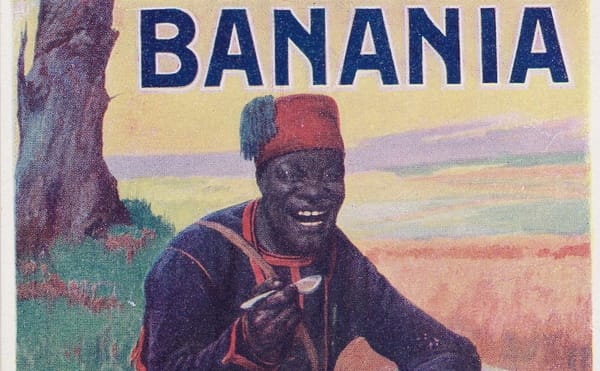
Books
With a Weapon and a Grin, a new book by Stephan Likosky, traces the iconography used to infantilize African soldiers who fought in the French army during World War I.

Art
“Wounded Man (Autumn 1916, Bapaume),” from Dix’s portfolio of 50 etchings, The War (Der Krieg), shows a brutal reality that lays waste to George W. Bush’s anesthetized vision of war wounds.
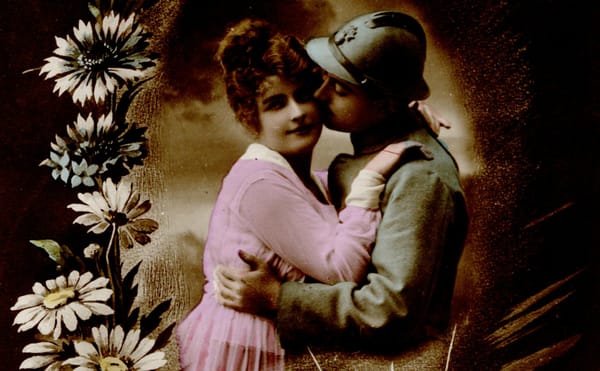
Art
On this Valentine's Day, Europeana is launching a crowdsourcing project to transcribe the text of digitized World War I love letters.

Art
From critical to patriotic and everything in between, a vast exhibition at the Pennsylvania Academy of the Fine Arts displays the full range of US artists' reactions to World War I.
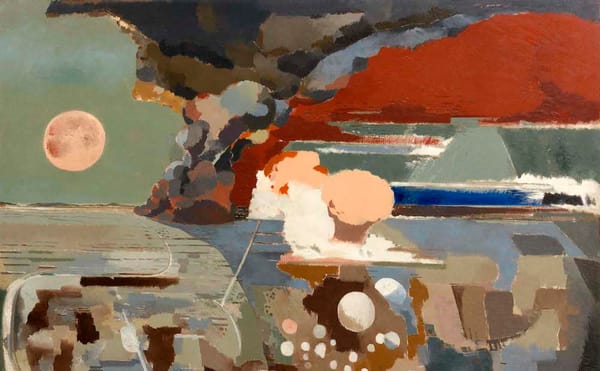
Art
A retrospective devoted to the British painter Paul Nash shifts the focus from his radical interpretations of war and Surrealism to his innovative use of color.

Books
Any enduring romanticism for war was obliterated by the industrialized brutality of World War I, from which legions of soldiers returned disfigured by facial injuries.
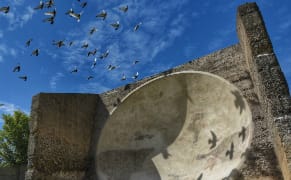
Art
Prior to the invention of radar in the 1930s, a system of concrete acoustic mirrors was set up around the coast of the United Kingdom as an early form of surveillance.
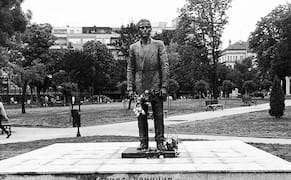
In Brief
Serbia officially endorsed what might be its most controversial historical figure on Sunday when it inaugurated a statue of Gavrilo Princip, the assassin who fired the shot that started World War I, the AP reported.